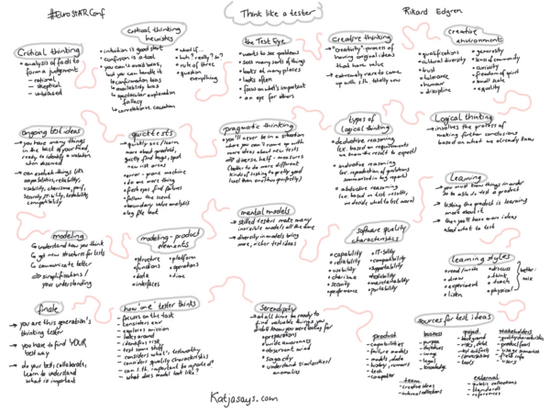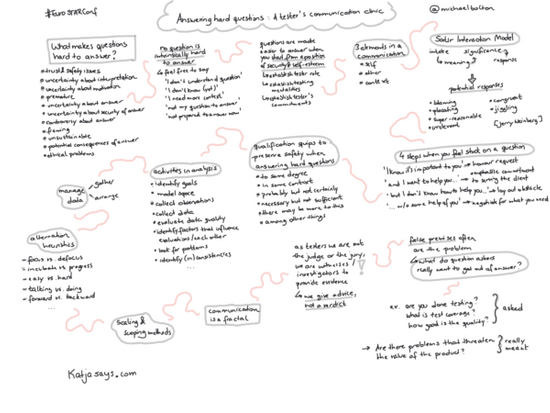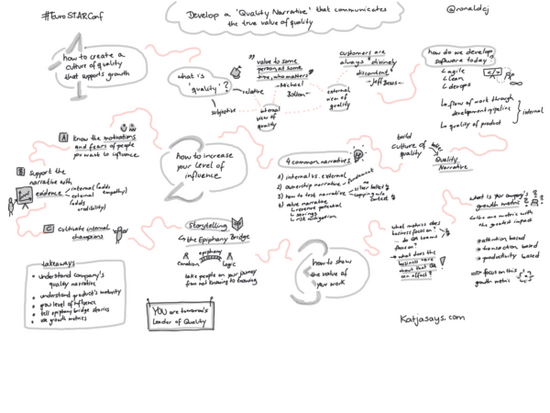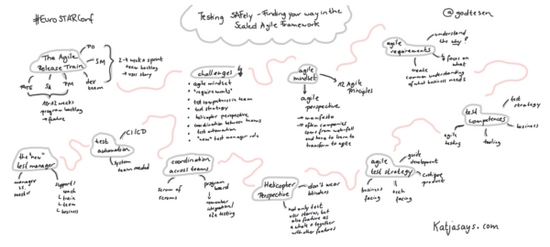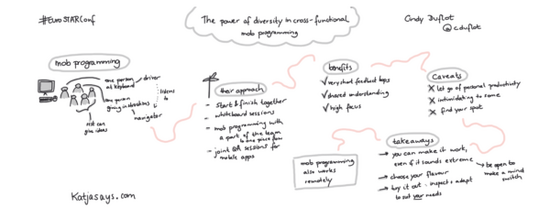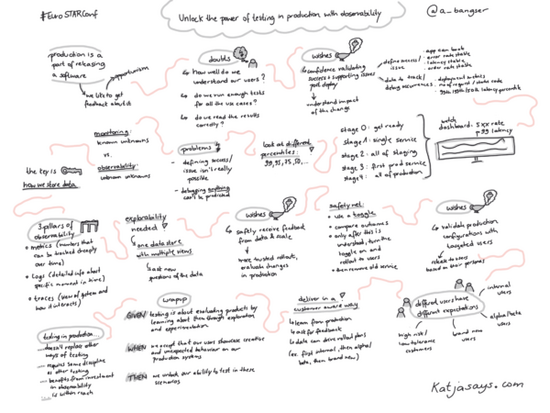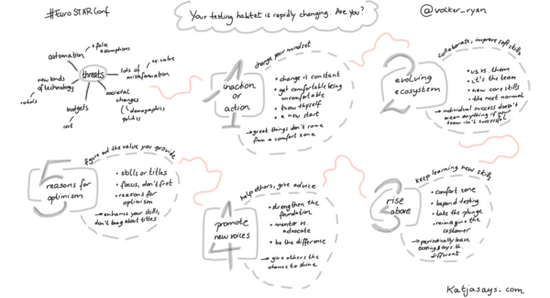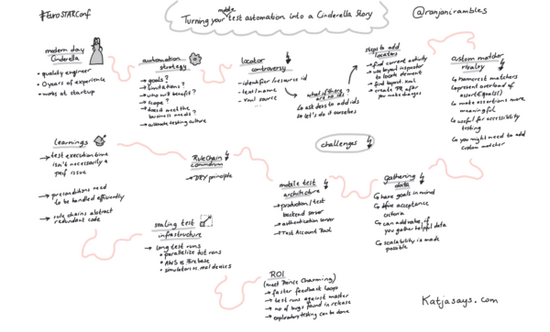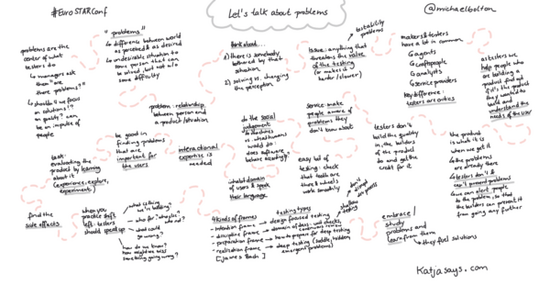Stockholm, the vibrant capital of Sweden, is renowned for its rich cultural heritage, stunning architecture, and progressive urban design. When you are catching the train to Stockholmsmässan for the EuroSTAR Conference, check out the remarkable station art spread throughout the city’s metro system. These underground stations serve as canvases for artists to showcase their creativity, reflecting Sweden’s commitment to art accessibility and public engagement.
The Stockholm metro, also known as the Tunnelbana, is more than just a means of transportation. It’s a journey through time and artistry. With over 100 stations, each with its unique aesthetic, the metro system doubles as a sprawling art gallery. From colourful murals to intricate sculptures, every station offers something distinct, providing passengers with a visual feast.
The Origins of Station Art
The tradition of adorning metro stations with art dates back to the 1950s when Stockholm’s local government decided to invest in making public spaces more appealing. What began as an initiative to combat vandalism quickly evolved into a celebration of cultural expression. Today, the Stockholm metro boasts one of the most extensive and impressive collections of underground art worldwide.
The station art reflects a diverse range of themes and motifs, drawing inspiration from history, nature, mythology, and contemporary issues. Some stations pay homage to Sweden’s rural landscapes with depictions of forests, lakes, and wildlife, while others showcase abstract designs and avant-garde sculptures, pushing the boundaries of traditional art forms.

Notable Stations to Explore
- T-Centralen: Serving as the central hub of Stockholm’s metro network, T-Centralen features mesmerizing blue-and-white artwork created by Swedish artist Per Olof Ultvedt. The ceiling resembles a starry night sky, with intricate patterns evoking constellations, offering commuters a celestial experience as they traverse the station’s bustling corridors.
- Stadion: Designed by the celebrated artist Siri Derkert, Stadion station is a visual ode to the Olympic Games. Bold geometric shapes and vibrant colours adorn the walls, symbolizing athleticism, unity, and human achievement. The station’s dynamic energy captures the spirit of sport and camaraderie.
- Kungsträdgården: Translating to “King’s Garden,” this station is a subterranean oasis adorned with relics of Stockholm’s past. Visitors are greeted by ancient sculptures, remnants of historical buildings, and fossilized tree stumps, reminiscent of an archaeological site. Kungsträdgården station serves as a time capsule, bridging the gap between the city’s past and present.
Station art in Stockholm transcends mere decoration; it serves as a catalyst for social engagement and dialogue. By integrating art into everyday spaces, the city fosters a sense of community ownership and pride. Whether commuting to the EuroSTAR Conference or exploring the city’s hidden gems during conference week, every journey through the Stockholm metro is a voyage through art and imagination.

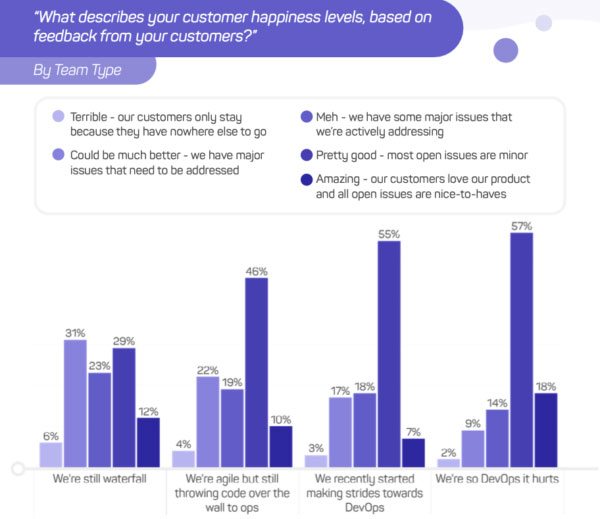

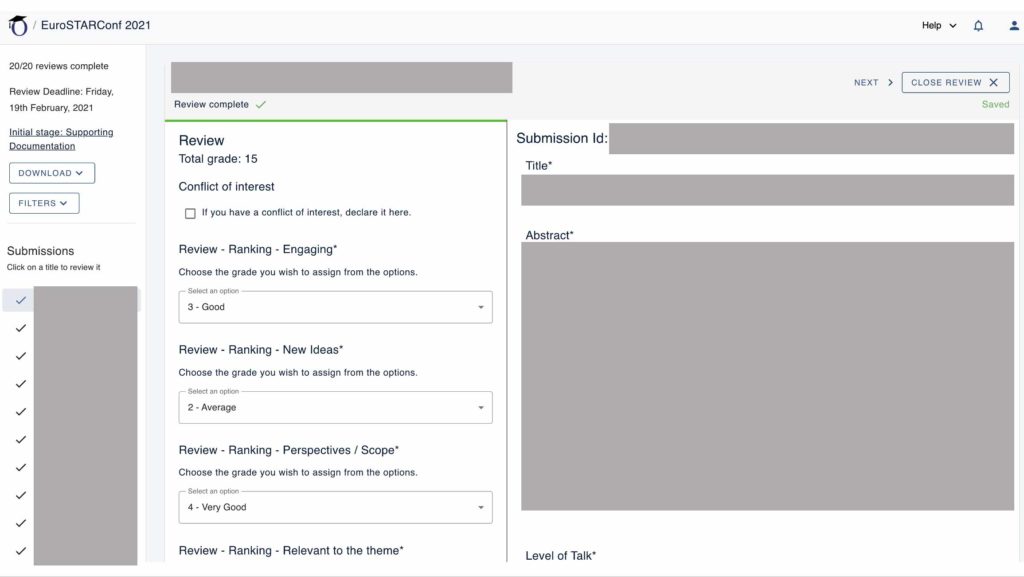
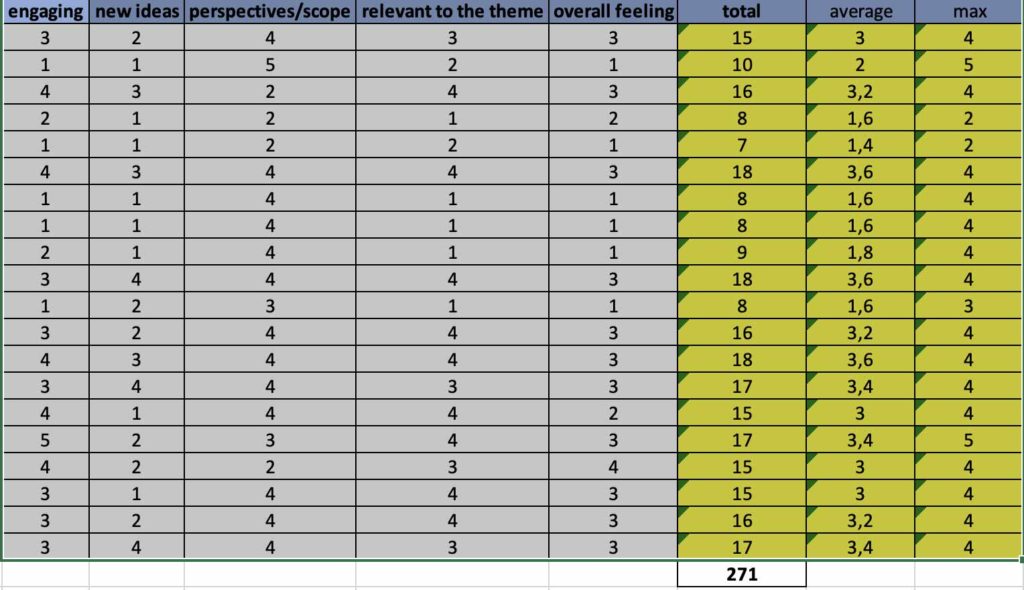
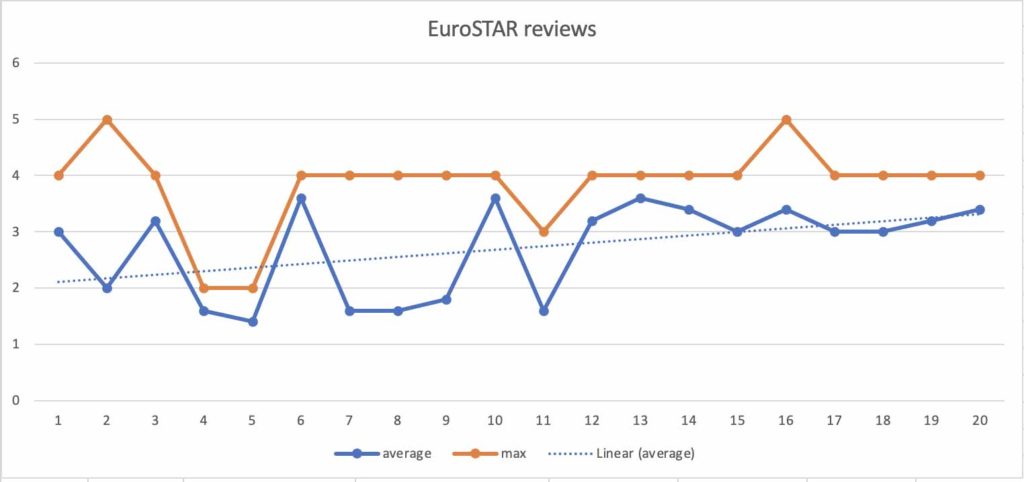
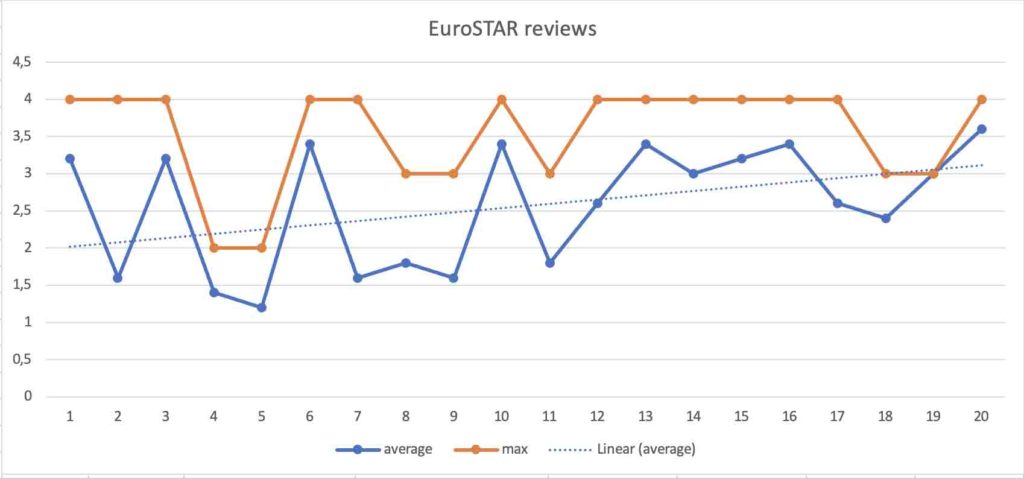
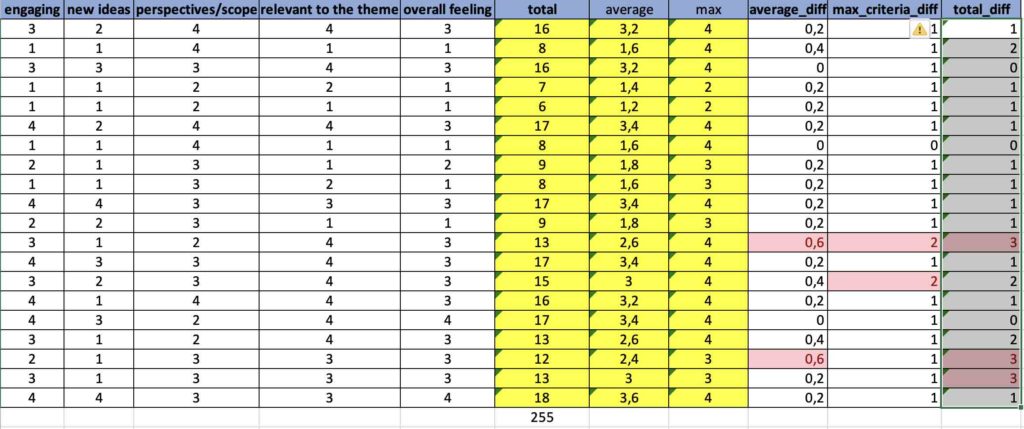
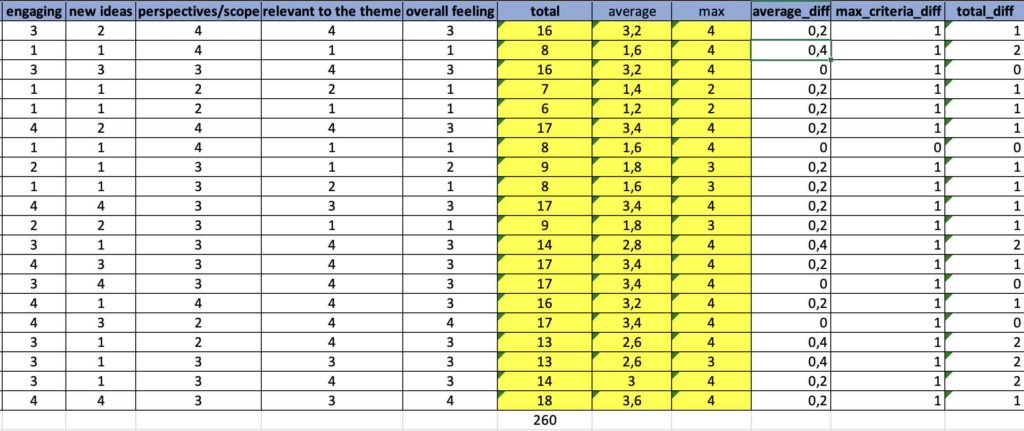
 Sérgio Freire – Xpand IT – Portugal
Sérgio Freire – Xpand IT – Portugal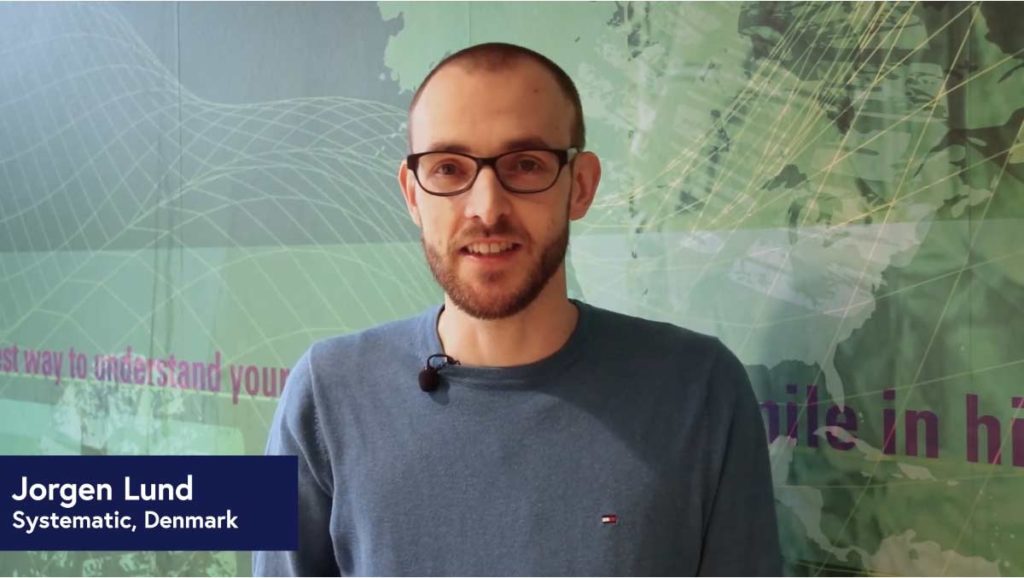
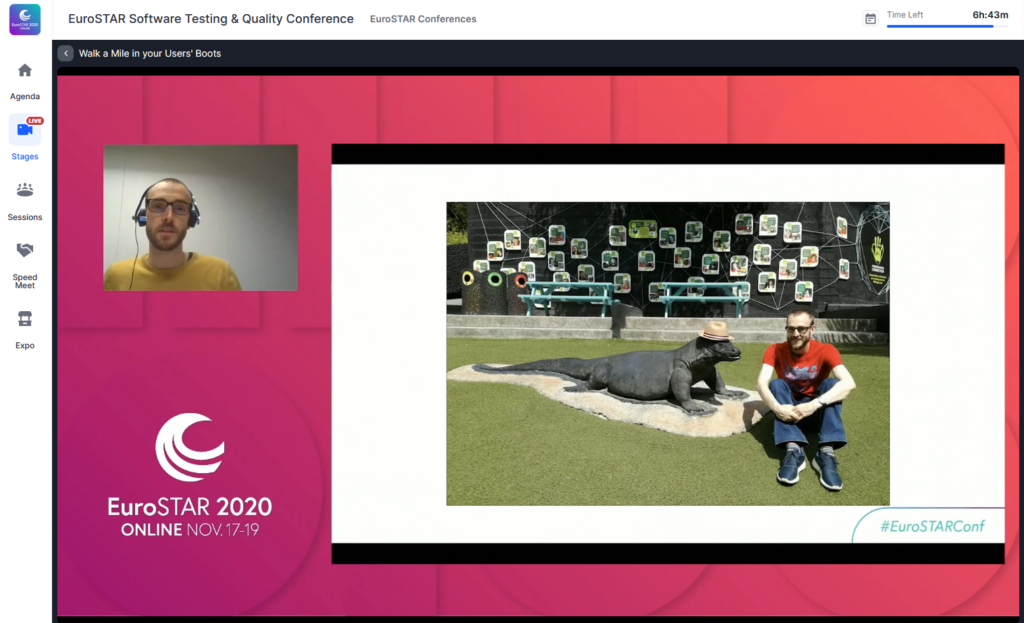
 Jørgen Lund, Systematic A/S, Denmark
Jørgen Lund, Systematic A/S, Denmark